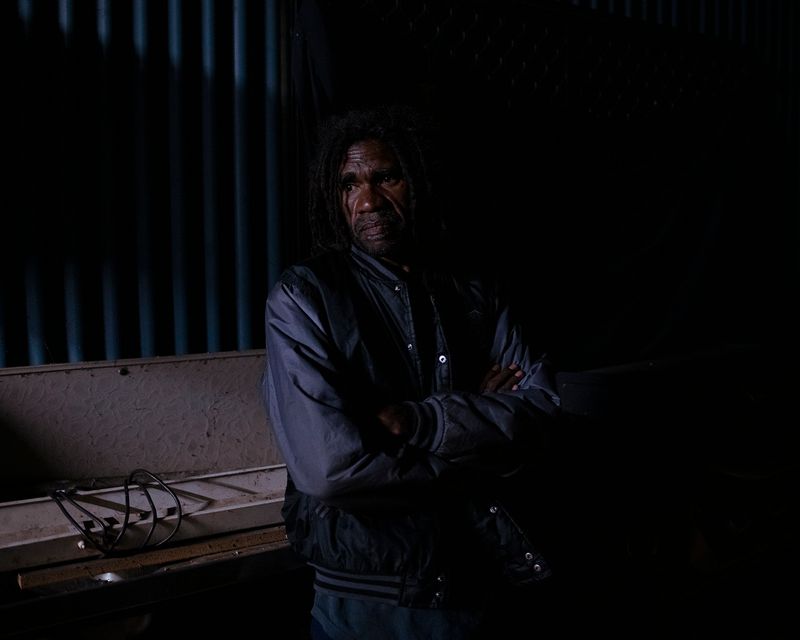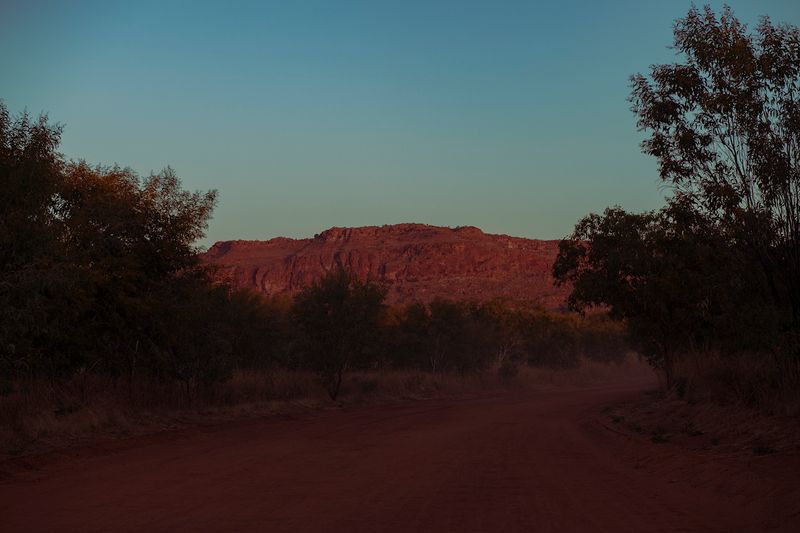If the River dies
-
Dates2021 - Ongoing
-
Author
The Nyikina people have lived in symbiosis with the Mardoowarra (Fitzroy) River for more than 60,000 years. The River is the lifeblood of the Kimberley region of Western Australia, and it is threatened by extensive development proposals from the agriculture and mining industries within the catchment area.
Nyikina Elder Linda Nardea, and her son Kimberley Watson speak of how their people read Country like a book, and since colonisation they’ve witnessed extractive industries slowly rewrite the ancient stories of their land and waters. These stories have been shared through Country by all native species, fish and flowers, animals and plants, living beings that are now sick.
This sickness is felt by the Nyikina people, who refer to health and wellbeing as Marboo-joonoo Liyan. They understand that their Marboo-joonoo Liyan is intrinsically connected to Country - they have lived with this interconnected ecosystem since time immemorial - and the Nyikina witness how symptoms expressed through Country are connected to their own body, and how diseases we feel are also felt by Country. Linda says if “the land die, we die, the river die, we die. When we see those sorts of things happen, we get sick. The sickness shows in our body, because we see bad things happen to our land.”
Kimberley says “you look after Country, Country look after you”, and with the ongoing climate crisis, the Nyikina way of being inspires us to question how we relate with our ecosystem: are we willing to change how we treat Country, or will we continue treating the symptoms of our consumptive behaviour? Whether we look at it through the Nyikina or the Western lens, if we don’t make that change soon, Country dies and so do we.














